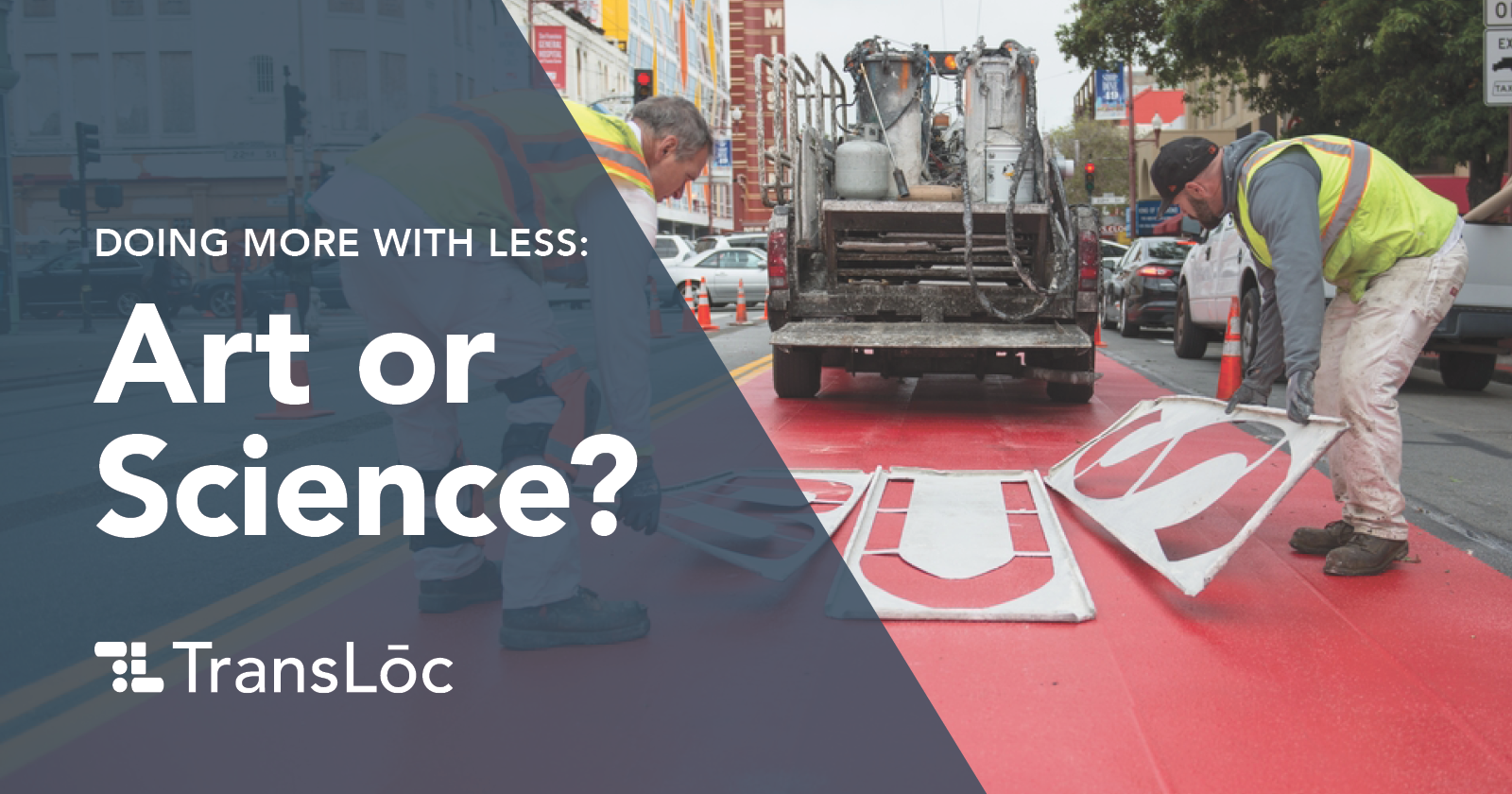
During the last week of October I attended the Rail~Volution transit conference. While the sessions were timely, insightful and thought-provoking, I couldn’t help but notice the eight-ton elephant in the room: COVID-19. Even when we don’t talk about it, COVID is present. However, there was one session that widened my perspective on the private sector’s role in community planning in the aftermath of COVID: Tactical Urbanism.
It is becoming apparent that COVID will have a significant impact on the finances of local governments and transit agencies. Many transit services will be reduced, suspended or removed from the budget entirely. While slashing services is a quick fix to balancing the budget, it does come with dire consequences for riders who will no longer be able to access the vital mobility that public transportation provides. So, what if we took a page out of the Tactical Urbanism playbook and practiced Tactical Transit Planning?
On the surface Tactical Transit Planning is nothing more than the following:
- Doing more with fewer resources
- Maintaining quality of service
- Engaging riders, businesses and community resources as partners.
We must face the hard truth that financial resources for transportation programs will be reduced. But there are methods to create unique savings without limiting accessibility to vulnerable riders who are dependent on those services. To do this right it is critical to engage the community. To create support and buy-in, the voices of riders, businesses, and anchor institutions must be considered.
This is why I recommend and advocate that in the face of fiscal constraints local communities use a combination of art and science to discover how to create cost savings, maintain customer satisfaction, and improve efficiencies.
Decisions need to be made by analyzing data, not opinions. Taking a Tactical Transit Planning approach, there is plenty of opportunity to evaluate the costs and quality of service of each part of the transportation ecosystem and point to areas where mode change, service alterations and service consolidation can lead to cost savings without leaving individuals lacking access. This scientific approach allows for data-driven decisions and sets a standard for future planning and performance metrics.
There is also room for a more artistic approach and evaluating where transportation could reduce costs and improve lives outside of the silo of public transport. For example, transportation to and from court dates or health care appointments can create a better life for individuals and their families while increasing system ridership and improving the community as a whole.
From an artistic and scientific approach, as well as sheer pragmatism, the current COVID crisis should be harnessed as an opportunity to put into effect the vision of transit being the bloodline that keeps individuals, families and societies moving forward toward recovery.
This may sound idealistic and difficult to implement, but there is a way. The opportunity to create tomorrow’s transit system in a responsible manner lies in the utilization of Public-Private Partnerships. Private sector experts can jump onboard a Tactical Transit Planning approach and bring a community’s vision to fruition. The TransLoc Planning & Design Team that I lead consists of urban planners, transit industry professionals, technologists and data scientists that can act as an extension of local government staff at flexible, low costs.
We offer our expertise and experience to create service recommendations, help close the gap between the transportation and land use networks, and ensure the necessary resources to proceed through designated decision-making processes. At the end of the day, we are part of the social fabric in our respective communities and we want to see our communities prosper. We are all in this together and we want to be a part of your success story.
To learn more about TransLoc’s Planning & Design Services, contact us today!